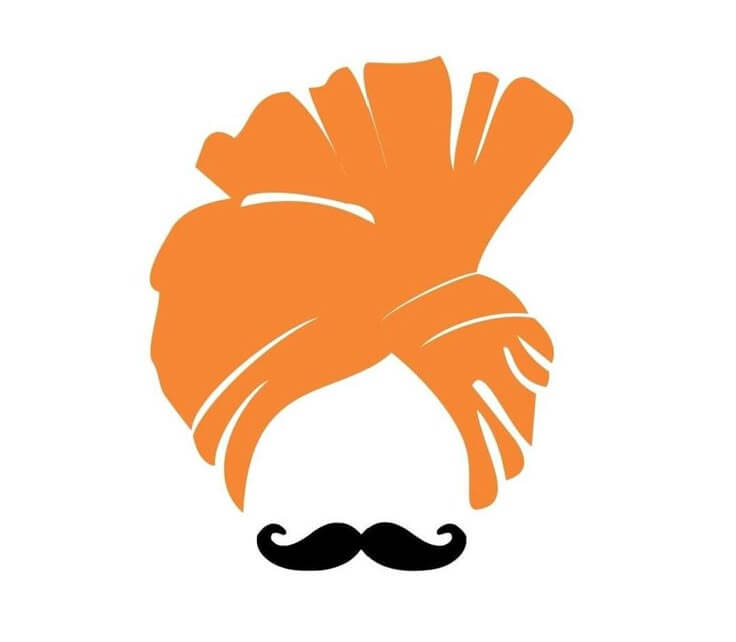Jaakhdi: A Unique Folk Dance Tradition of Maharashtra
Origin and Significance
Jaakhdi is a traditional folk dance form rooted in the rural culture of Maharashtra. Known for its vibrant energy and rhythmic movements, Jaakhdi is performed primarily by women, symbolizing the rich heritage and collective spirit of agrarian communities. The name “Jaakhdi” is believed to have originated from the word “jaag,” meaning “to awaken,” signifying the dance’s ability to invigorate and energize participants and audiences alike.
Historically, Jaakhdi was performed to celebrate the harvest season and other significant agricultural milestones. It reflects the simple joys of rural life and serves as a medium to express gratitude to the divine forces that nurture the land. Over time, this dance form has evolved to include performances during festivals, weddings, and community gatherings, making it a vital part of Maharashtra’s cultural fabric.
Why Jaakhdi is Celebrated
Jaakhdi is celebrated as a tribute to nature and a way to foster social harmony and communal joy. It provides a platform for women to come together, share their experiences, and strengthen bonds within the community. The dance’s vibrant rhythms and synchronized movements symbolize unity, resilience, and the collective strength of rural life.
Jaakhdi is also a medium to preserve and pass down cultural traditions. Through its performances, younger generations are introduced to the values, customs, and stories of their ancestors, ensuring that this rich heritage continues to thrive.
When and Where Jaakhdi is Celebrated
Jaakhdi is performed throughout the year, with special prominence during harvest festivals, religious celebrations, and social events. It is an integral part of occasions like Makar Sankranti, Gudi Padwa, and Navratri. In some regions, Jaakhdi is also performed during village fairs and temple festivals, adding to the festive spirit.
The dance is most popular in the rural areas of Maharashtra, particularly in districts like Kolhapur, Satara, Sangli, and Solapur. These regions host vibrant Jaakhdi performances that attract locals and tourists alike, offering a glimpse into the state’s rustic charm and cultural diversity.
Rituals and Celebrations
Jaakhdi performances are marked by their simplicity, elegance, and communal participation. Here’s how Jaakhdi is typically celebrated:
- Group Formation:
– Jaakhdi is performed in groups, with women forming circles or semi-circles to execute the dance steps in perfect synchronization.
– The group dynamic symbolizes unity and collective strength. - Traditional Attire:
– Performers wear traditional nauvari sarees, adorned with jewelry and flowers, enhancing the visual appeal of the performance.
– The attire reflects the cultural identity and vibrancy of rural Maharashtra. - Rhythmic Movements:
– The dance involves rhythmic clapping, foot-tapping, and coordinated hand gestures, creating a mesmerizing visual and auditory experience.
– The steps are simple yet energetic, allowing participants of all ages to join in. - Musical Accompaniment:
– Traditional instruments like the dholki, manjeera, and tuntuna provide the rhythmic backdrop for the dance.
– The music is lively and upbeat, encouraging spontaneous participation from onlookers. - Festive Spirit:
– Jaakhdi performances often take place in open spaces, such as village squares or temple courtyards, allowing the entire community to gather and celebrate.
– The dance is accompanied by folk songs that narrate stories of rural life, mythology, and devotion, adding depth and context to the performance.
Highlights of Jaakhdi
Jaakhdi’s charm lies in its ability to bring people together through music, dance, and shared cultural pride. Its vibrant energy and inclusive nature make it a celebration of life, resilience, and community spirit. The synchronized movements and rhythmic beats create an atmosphere of joy and excitement, leaving a lasting impression on participants and spectators alike.
Jaakhdi is more than just a dance; it is a living testament to the creativity, perseverance, and collective strength of Maharashtra’s rural communities. It serves as a reminder of the deep connection between culture, tradition, and everyday life.
Accessibility and Visitor Information
Jaakhdi performances are open to everyone and can be experienced in rural festivals, temple celebrations, and community events across Maharashtra. Visitors interested in exploring the state’s folk traditions should look out for Jaakhdi performances during major festivals like Makar Sankranti and Gudi Padwa.
For tourists, witnessing a Jaakhdi performance offers a unique opportunity to immerse themselves in Maharashtra’s vibrant cultural heritage and experience the joy and unity that define this traditional dance form.


